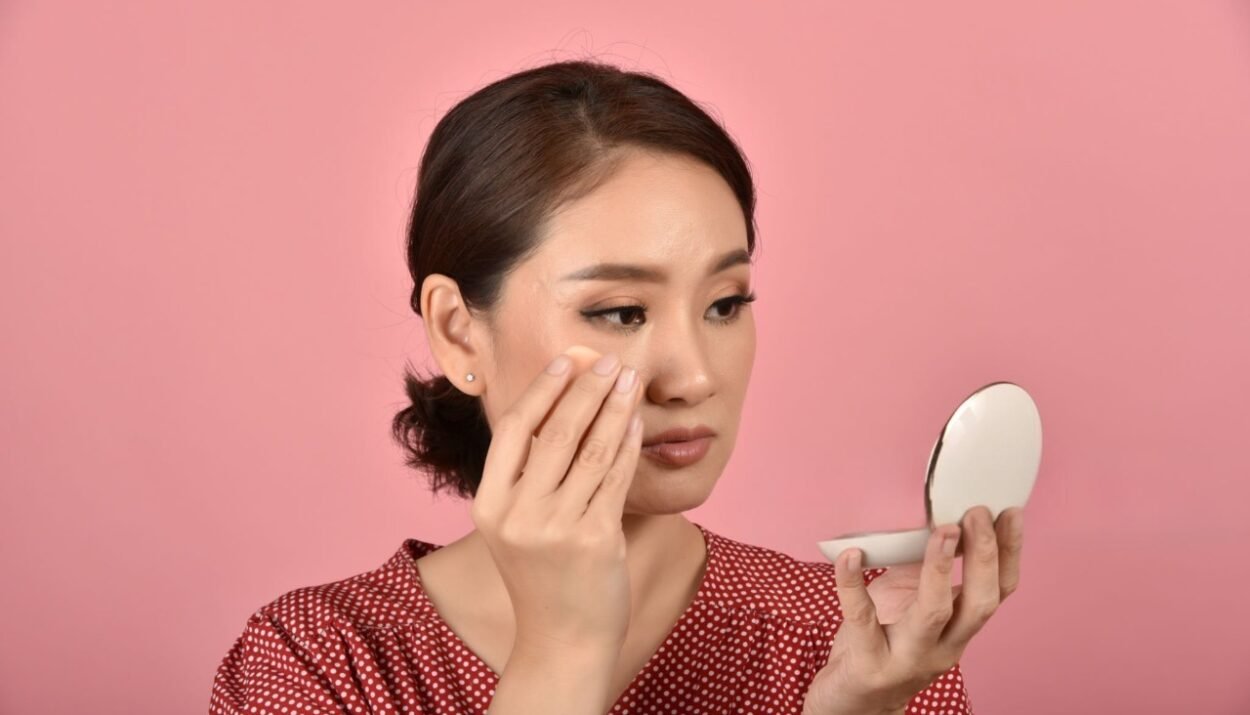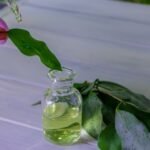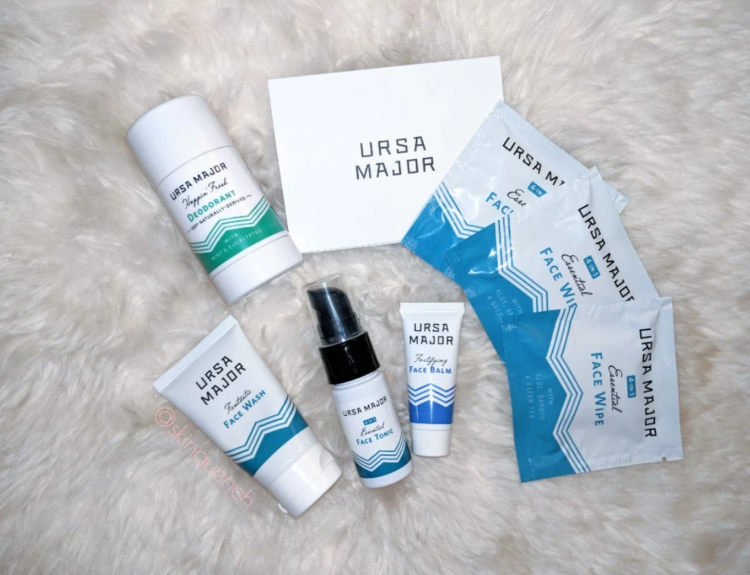Dry skin can be itchy, flaky, tight, and uncomfortable—but piling on heavy creams often leads to another issue: greasy, clogged pores. If you’ve ever struggled with dry skin that feels oily hours after moisturizing, you’re not alone.
The good news? You can achieve smooth, nourished skin without that unwanted shine. In this guide, we’ll break down exactly how to hydrate dry skin the right way—using the right ingredients, the correct routine, and products that lock in moisture without making your face look greasy.
Understanding the Balance: Dry vs. Dehydrated vs. Oily Skin
Before choosing your products or adjusting your routine, it’s important to identify your skin type correctly:
- Dry skin lacks oil (sebum).
- Dehydrated skin lacks water.
- Oily skin overproduces sebum, sometimes as a reaction to dehydration.
Many people with dry skin mistakenly use thick, occlusive moisturizers that feel greasy but don’t penetrate the skin deeply. This often leads to surface oiliness while the skin underneath remains parched.
Key Tips to Care for Dry Skin Without Greasiness
1. Use a Gentle, Non-Stripping Cleanser
Cleansers with sulfates or harsh surfactants can strip your skin’s natural oils. Opt for:
- Cream-based or milky cleansers
- pH-balanced options
- Fragrance-free formulas
Look for:
- Glycerin
- Aloe vera
- Ceramides
2. Hydrate Before You Moisturize
Dry skin needs both hydration (water-based ingredients) and moisture (oil-based ingredients). Start with a hydrating toner or serum to replenish water levels.
Best ingredients to hydrate:
- Hyaluronic acid
- Sodium PCA
- Panthenol (Vitamin B5)
- Sea Buckthorn extract
3. Choose Lightweight, Non-Comedogenic Moisturizers
Heavy occlusives like petrolatum may sit on top of the skin and feel greasy. Instead, choose lightweight moisturizers with skin-identical lipids.
Look for:
- Squalane
- Jojoba oil
- Ceramides
- Niacinamide (helps regulate sebum)
4. Layer Your Products Strategically
Instead of slathering on one thick cream, try layering:
- Hydrating toner or mist
- Humectant-rich serum
- Lightweight emollient lotion
- Optional: occlusive balm on extremely dry patches
This technique allows each product to absorb and prevents surface oiliness.
5. Avoid Occlusives That Trap Oil
Not all occlusives are created equal. Ingredients like mineral oil or lanolin may trap oil and lead to greasy buildup.
Better alternatives:
- Shea butter (in small amounts)
- Dimethicone
- Rice bran oil
- Aloe-based creams
6. Use Facial Oils Wisely
Facial oils aren’t bad for dry skin—but how you use them matters. A few drops of a fast-absorbing oil on damp skin can seal in hydration without greasiness.
Best oils for dry skin that won’t clog pores:
- Rosehip oil
- Jojoba oil
- Squalane
- Marula oil
7. Skip Alcohol-Heavy and Foaming Products
Many foaming cleansers, astringent toners, and acne treatments contain:
- Alcohol denat
- Witch hazel
- Sodium Lauryl Sulfate (SLS)
These can worsen dryness and trigger overproduction of oil. Always read your labels.
Best Ingredients for Non-Greasy Dry Skin Care
| Category | Ingredient Examples | Why They Help |
| Humectants | Hyaluronic acid, Glycerin | Pull water into the skin |
| Emollients | Squalane, Ceramides, Jojoba | Soften and smooth skin texture |
| Occlusives | Dimethicone, Rice Bran Oil | Prevent water loss without oiliness |
| Actives | Niacinamide, Panthenol | Strengthen barrier, soothe |
Morning Routine for Dry Skin (Non-Greasy)
- Cleanser: Gentle, non-foaming
- Toner or Mist: With humectants
- Serum: Hyaluronic acid or B5-based
- Moisturizer: Light lotion with squalane or ceramides
- Sunscreen: Hydrating, non-greasy SPF 30+
Night Routine for Dry Skin (Non-Greasy)
- Double Cleanse: If wearing sunscreen/makeup
- Hydrating Serum: Hyaluronic acid
- Facial Oil: 2–3 drops of Jojoba or Rosehip
- Moisturizer: Richer but still lightweight cream
Optional: Use a thin layer of balm on dry patches (cheeks, chin) only.
Final Thoughts: Nourish Without the Shine
Dry skin doesn’t have to mean greasy skin. By choosing the right textures, layering your skincare properly, and avoiding pore-clogging ingredients, you can hydrate deeply without that oily finish.
Whether you’re using Jojoba Oil, a water-based serum, or a barrier-restoring moisturizer, the key lies in balance and smart formulation.








